If front yard landscaping was beneficial and edible, then it would be beautiful AND useful. I
spent many years landscaping homes that we bought and sold, before I got on the edible landscaping bandwagon. One day it occurred to me that if I was going to work that hard, why not plant things that would be pretty AND feed my family? As Americans, we aren't taught to think that way. But perhaps times are changing. It is much easier to plant clover, watercress, chickweed or thyme than fescue. Plant blueberries instead of boxwoods. Plant sage instead of begonias. Lavenders, mints, fruit trees, horseradish, berry bushes, and bean vines; lettuce, chives, garlic and strawberries...all beautiful, edible, and easier to maintain than fescue. So why do we have acres and acres of plants that don't give back? We could have beautiful yards and produce food at the same time. But most Americans just don't think that way...yet. Could you imagine if all the time and money spent on babying grass (not to mention the fuel and maintenance of lawn mowers that would be saved), was spent growing edibles instead? Everything about lawns makes...me...crazy. Our time is valuable, and the food that we eat invaluable. So why not spend one to obtain the other? Especially these days, when eating spinach or cantelopes can kill you. Granted, there are many places that do not allow for this kind of landscaping; but isn't it time that we stopped accepting that kind of thinking? As spring gets closer, so does the possibility that during birthing season a mother or offspring might not make it, despite our best efforts. We do not have a backhoe, so would not be able to easily bury a larger animal. On Homesteading Today, I asked the question; if you don't have a backhoe, what do you do when livestock dies? I got many answers, ranging from leaving the corpse for scavengers, burning, or finding a neighbor with a backhoe to help. The most common answer however, which surprised me, was to compost the dead, allowing the body to break down and nourish the soil.
Sugar Mountain Farm, a lovely farm in the mountains of Vermont, has a great article on how to go about composting a larger animal, which you can read here. It is the best description of the process that I have found, and I am grateful to him for writing it. You can read my question, and all the answers, at Homesteadingtoday.com. Lemon balm, part of the mint family, is so pretty, very easy to grow, and self-seeds freely so is easy to share. Use it for anxiety, or for a calming effect prior to bedtime. It can be made into tea using fresh or dried leaves, steeped in ice water for a refreshing drink in summer, or you can just wander around outside, chewing on the leaves.
For two years, I have had my horseradish growing in it's own square bed made of straw bales (also Jerusalem artichokes and onions, this method will work with anything. This photo is after the first year; it has gotten much bigger, but not enough to have had harvestable roots this past fall (bad load of dirt, which is another story). The bales are ready to be turned into mulch, and the ground
below is now soft, full of earth worms, free of weeds and ready to be planted. This spring I'll put a grape vine or elderberry bush here, and transplant the horseradish to it's permanent home. Using this method to turn a hard, burmuda covered area into something that is ready to be planted takes at least a year. But now I have really great soil, really great mulch, and a very healthy horseradish to transplant. Giving to others, simply out of the goodness of your heart and expecting nothing in return, has a positive benefit on your health, and I believe on your soul as well. Giving, for no reason at all, will lower your heart rate, it will lessen anxiety, and I would imagine also increases serotonin and endorphin levels, the "feel good" hormones.
From Mother Earth News, this article talks about giving to others herbs and produce that you have grown. I know that when people come to my house and see my herb garden, eat what I have grown, or take home eggs from our chickens, it makes an impression. There is power in growing your own food, and pleasure in sharing it. What more could you ask for? Grow it and Give it!! Sharing: Your Garden's Other Health Benefit I was going to write about the obesity epidemic, and the news reports that show it’s worsening across the nation, yet ... what on earth is there left to say about that? Plant a Victory Garden and eat fresh, organic whole food? Explore your walkshed every day? Enough. How many times can I beat that dead horse? So, there I was once again, with a fistful of herbs, heading to a neighbor’s house when it hit me: Something to share. Surely it's one of the most important health benefits of keeping a garden. Ever since I have had my garden, I have had something to share. I no longer show up empty handed. No one ever leaves my house without something, and I am never stuck needing to run to the store in rush hour rain when I want to thank someone who has done me a kindness, or want to give a little pick-me-up to someone in pain. I save jars to fill with flowers and herbs, and leave them on doorsteps like old-time milk deliveries. The folks to whom I give these things appreciate them, but I know that I’m the one who really gets the gift. Forget the diet benefits of gardening. There are health benefits – connections to other people – that should not be overlooked. When push comes to shove, isn’t this all we really want? A way to share? http://www.motherearthnews.com/Grow-It/Sharing-The-Harvest-For-Health.aspx My article about using dehydrated orange peels in my tea, for the vitamin C, got me looking for other uses for citrus peels. They smell great, but I don't like wasting them in a garbage disposal, and though I do have a mulch pile for composting, it has become more and more rare that I put kitchen scraps in it.
Not only can can you dehydrate almost any fruit scraps for tea, but vegetable scraps can be used in soups and stocks, and some can be regrown (see Growing Celery From Scraps). The article excerpt below is from wikihow.com, and has several links to recipes and how-to's for candied peels, brandy, etc... Citrus peels can be used in myriad ways instead of simply tossing them out or composting them. In a household that consumes many oranges, lemons, grapefruit, tangelo, and other citrus, making use of the peels can save you money and produce some wonderful results. This article presents a few suggestions to get you started. Always wash the peel extremely well before use. If possible, prefer organic sources rather than those which have been sprayed, especially for any food or internal use. If you can't get organic fruit, use a very good fruit and vegetable scrub to remove chemical traces. There are many types of citrus, including orange, mandarin, kumquat, grapefruit, lemon, lime, pummelo, citron (citrus apple), tangerines, etc. LEMON - There are so many potential lemon peel uses that entire chapters in books have been devoted to it. - Peel a lemon and use it to bathe yourself in the shower. It leaves your body and hair smelling fresh and clean. - Citrus peels such as peel of lemon work well for roasting chicken. Put peel into the chicken and roast. You will find a great smelling and good tasting chicken. ORANGE - with the brown sugar. (Of course my contribution here is to dehydrate them and use in medicinal teas) OTHER USES FOR CITRUS PEELS: the refrigerator. Now you can enjoy the taste of water even more. for the kids. peel. Read the entire article here...http://www.wikihow.com/Use-Citrus-Fruit-Peels-in-the-Home-and-Garden I am kind of a germ freak. I don't like shaking hands, or touching doorknobs, or the very idea of public restrooms. As a result, I try to go to town as little as possible, especially in the winter when people are confined and schools, workplaces and homes are turned into little petri dishes of bacteria growth. The other day I simply HAD to go to town, no way around it. My personal facebook page is chock full of locals talking about how everyone is sick with this or that, missing work and school, or going to work and school while sick, spreading the wealth. While out and about, I tried to touch as little as possible, and I washed my hands as soon as I got home. Last night I realized that I was rewarded for my trouble with swollen glands and a sore throat. Time to do battle. The above photo shows herbal tea that I would use for an upset stomach; honey, mint, lemon and ginger. For germ warfare, my attack is layed out like this; elderberry syrup twice a day, up my D3 intake from 1000 IU to 2000 IU, and tea, as much as I can drink, made with honey and cinnamon, both powerful anti-bacterials, and dehydrated orange peels for the Vitamin C (I never throw out citrus peels!!!)
I can also drape a hot sock around my neck when my throat gets really sore. Protecting yourself from germs, and fighting them when they do take hold, is an on-going battle. Using herbal medicine is a way of life, and it's rarely the quick fix that synthetic medicines offer. However, using food as medicine and avoiding chemicals whenever I can just makes sense to me. And so, I will stay inside and drink my teas, and hope that my children will learn that most often, nature offers the best cures around. |
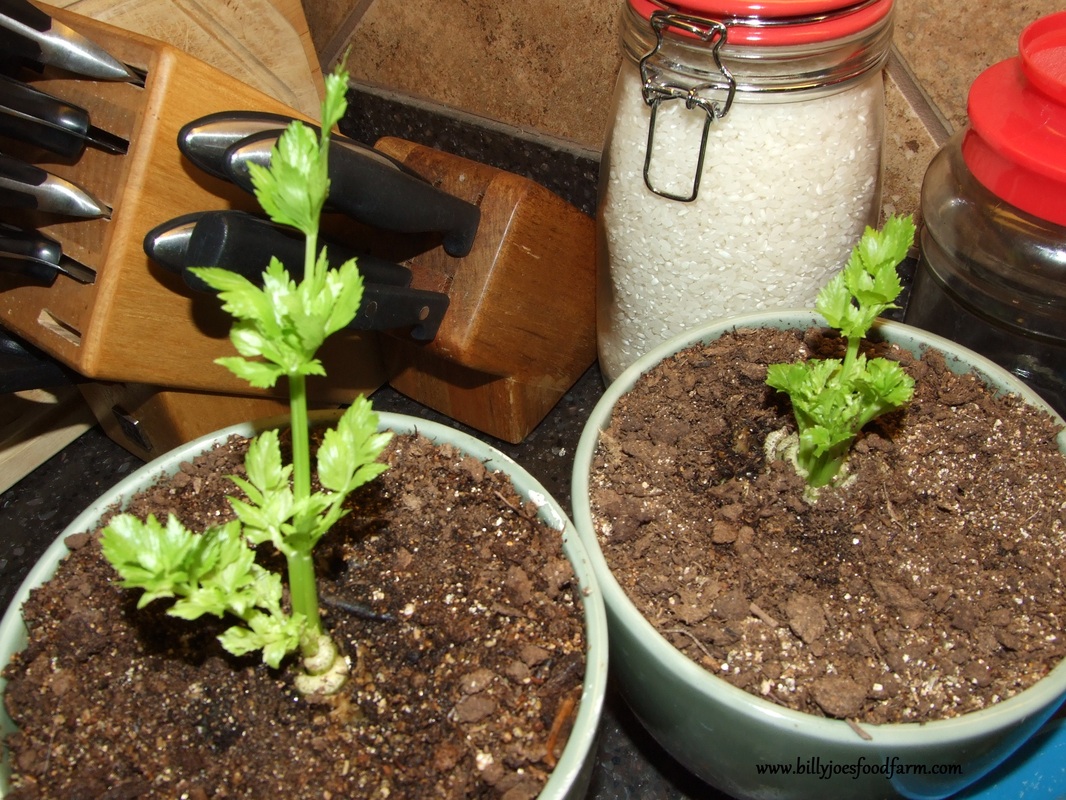
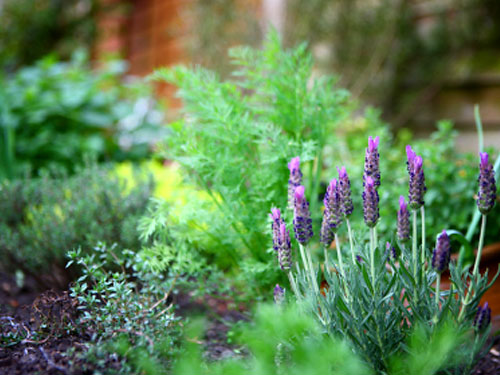

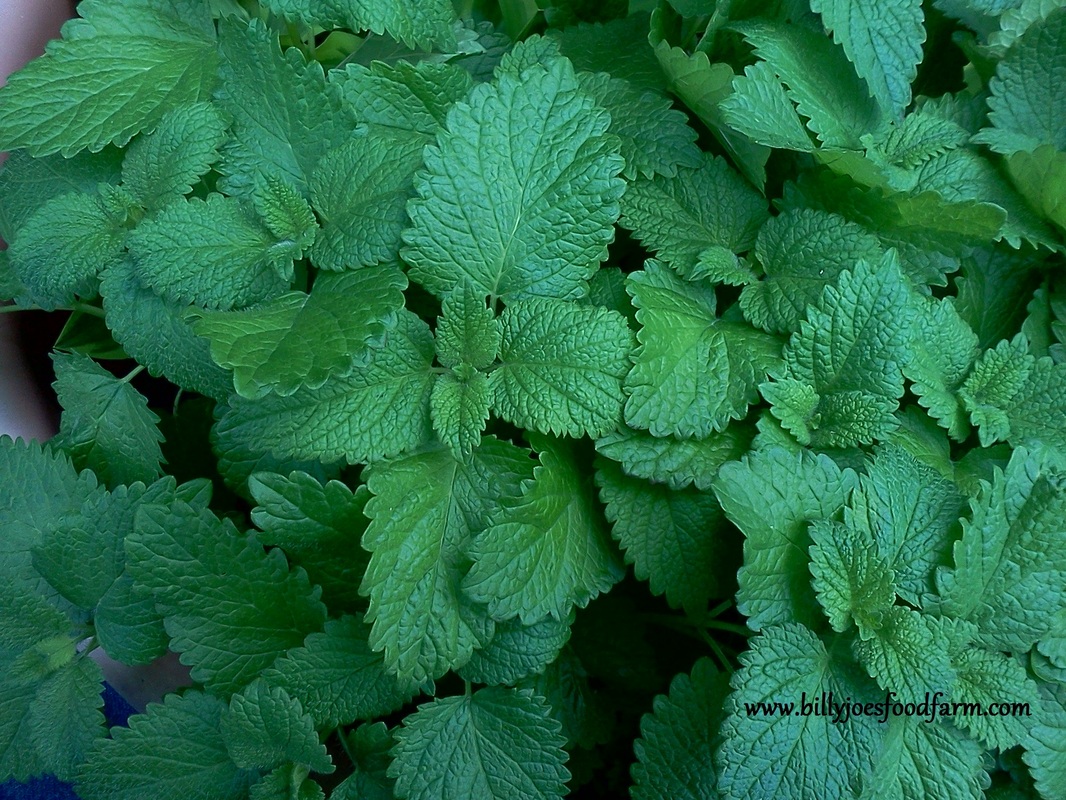
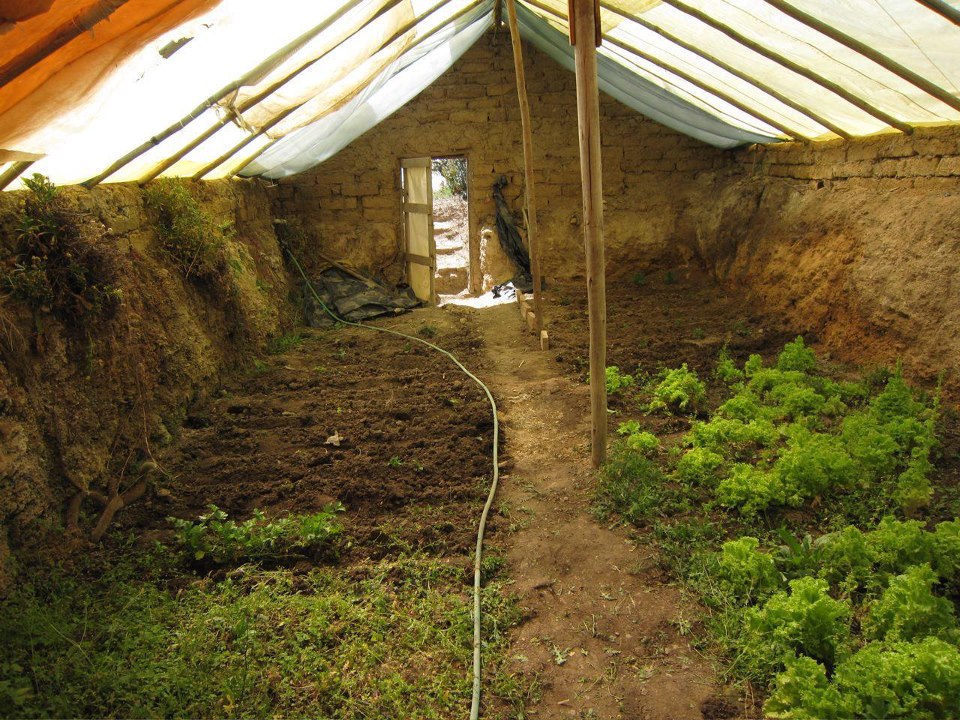
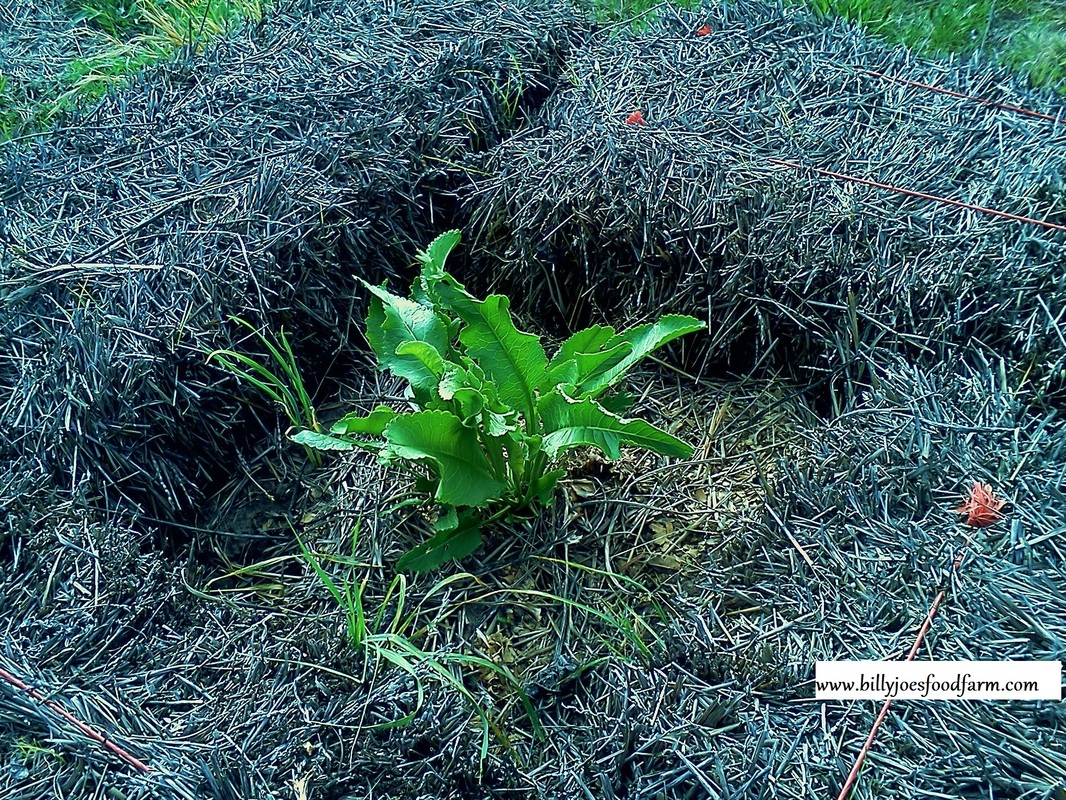
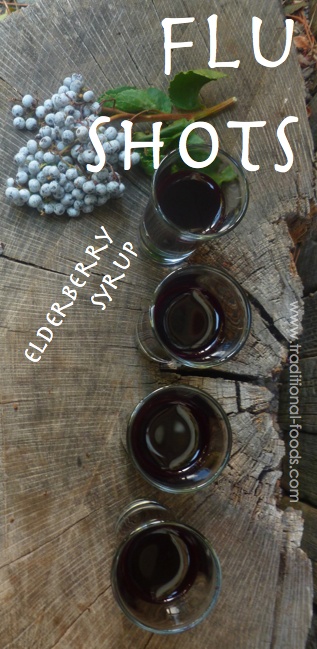
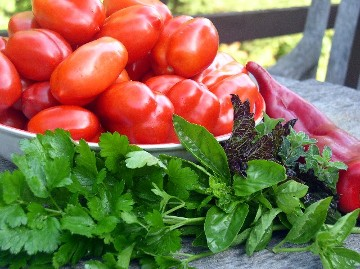
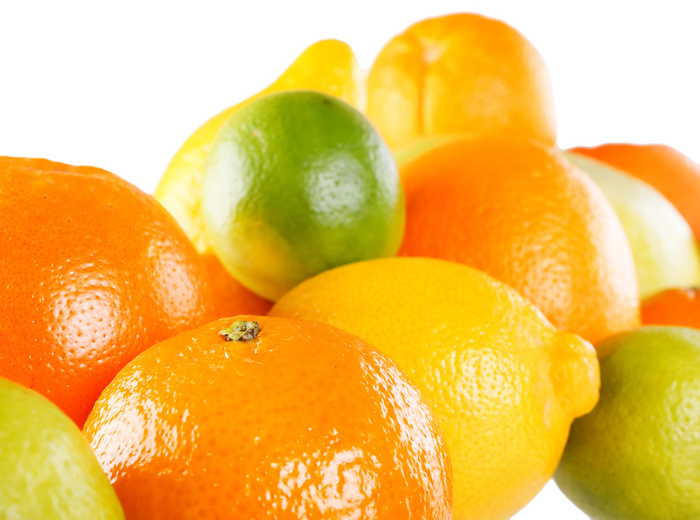
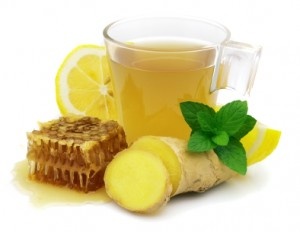

 RSS Feed
RSS Feed